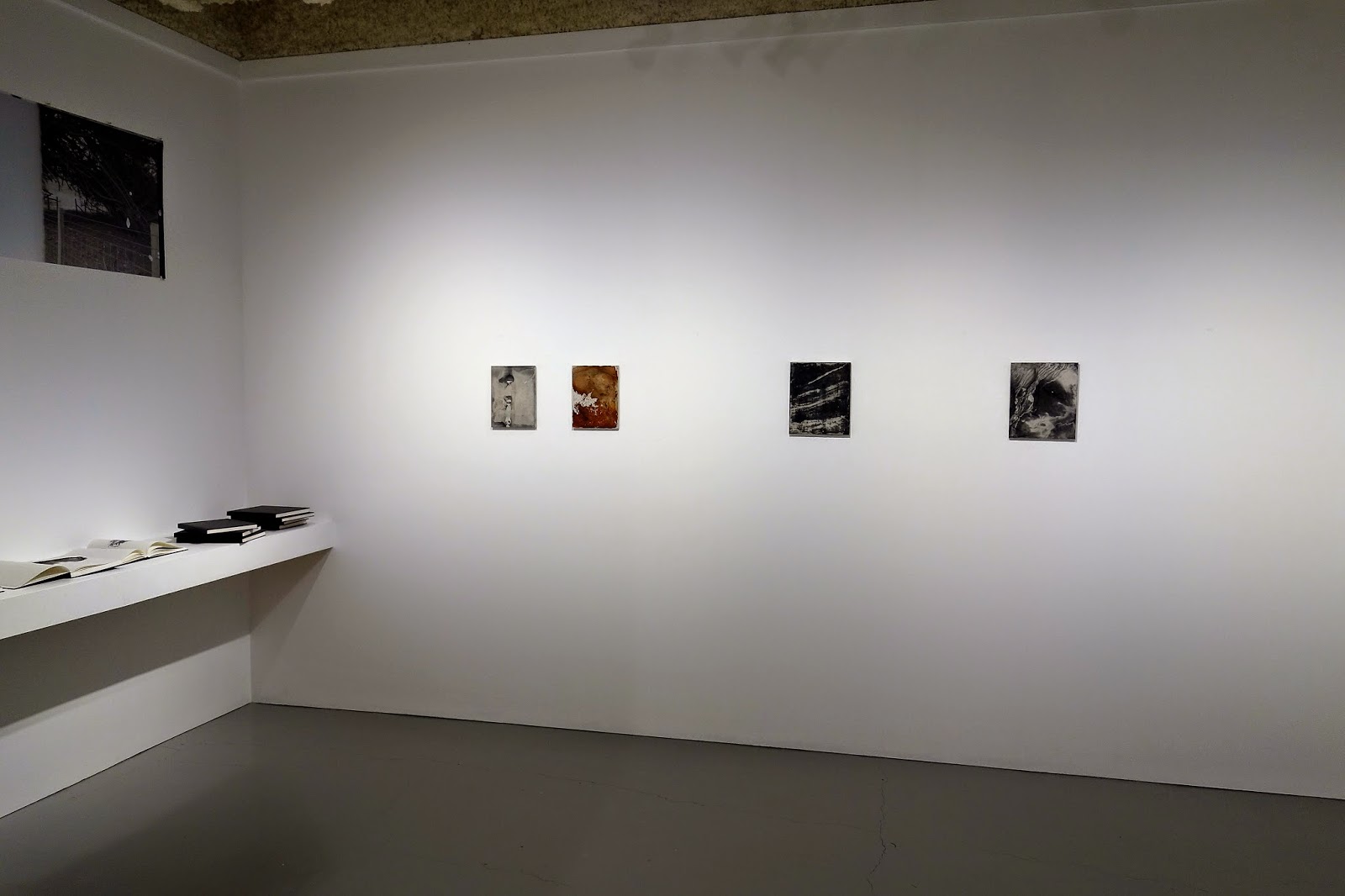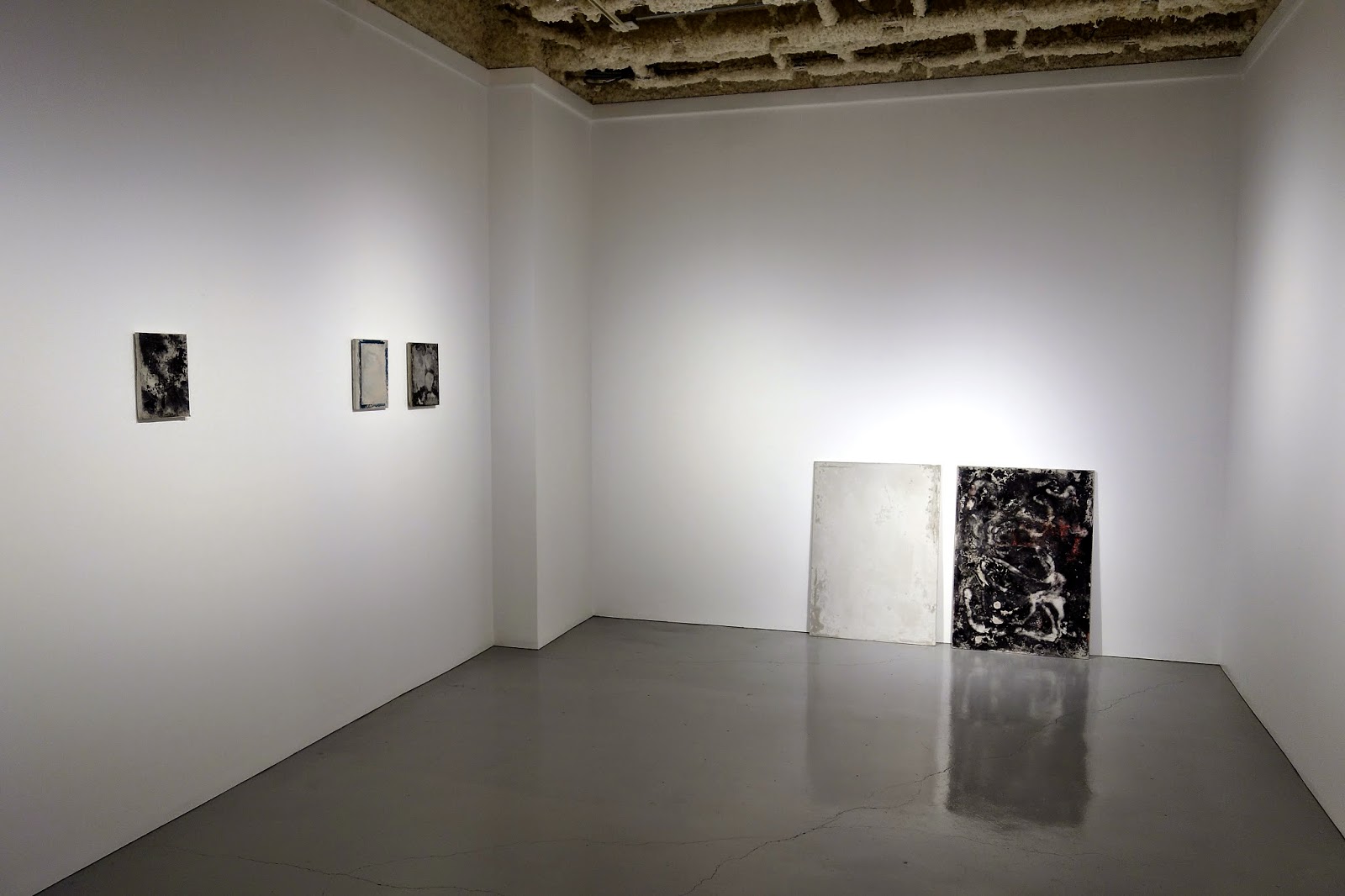.... One might almost be persuaded that there is nowhere any place for these things. Who will venture to receive them? And are they not themselves the confession of their own tragedy, these radiant things which, in their loneliness, have drawn the heavens about them? And which now stand there beyond the power of any building to control? They stand in space. What have they to do with us?
Rilke, Rainer Maria. Rodin and Other Prose Pieces. Trans. G. Craig Houston. Quartet Books Limited, 1986.
 |
| untitled cast: plaster, ink, 16 x16 x 5/8 inches 2015 |






























miro%2Bback.jpg)






